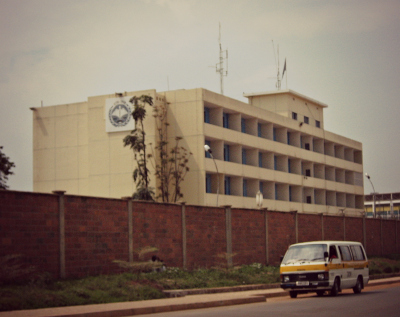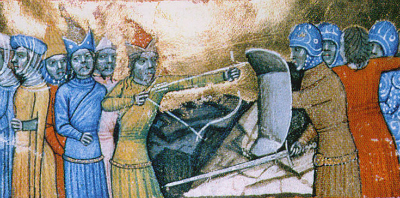Today (September 2) marks the fifteenth anniversary of the landmark case of Prosecutor v. Akayesu. This case was a triumph of sorts for humanity. It was the first time that the 1948 Convention on the Prevention and Punishment of the Crime of Genocide (“the Geneva Convention”) was enforced by an international judicial body for the conviction of the crime of genocide. This judgment also finally got rid of the overpowering requirement of direct action in the crime of rape, which has been a form of intimidation on the battlefield since time immemorial.

For purists in particular, it is still hard to reconcile the presence of mens rea in the absence of direct and personal actus reus. This line of argument sees rape as a genocidal offence only when committed in person. Prosecutor v. Akayesu elevated the discussion. At a very basic level, it attributed the multiple acts of sexual violence (including rape), carried out in times of armed conflict under the orders or with the knowledge of a commander, to the commander.
Genocide, defined under Article 2 of the Convention on the Prevention and Punishment of the Crime of Genocide is one of the crimes under international law. The subject area of heinous crimes committed during and in the course of armed conflict developed into a substantial body of jurisprudence in its own right after the Second World War. The emergence of the Geneva Conventions brought about world-wide awareness of the atrocities that human beings are known to inflict on each other in times of war. International criminal law now consists of the conventions and rules of armed conflict — both international and non-international — and the rules that govern the conduct of hostilities.
After it was first coined in 1944, the term “genocide” came to be used with terrifying frequency. It refers to various acts carried out with the intent of exterminating an entire population, based among other things, on identities associated with race, religion, ethnicity, language, and nationality.
During the Rwandan genocide, Jean-Paul Akayesu, a Rwandan born in 1953, was the mayor of the commune of Taba. As a Hutu politician of the Democratic Republican Movement, his was a story of extreme forms of hatred and ethnic violence. In October 1995, Mr. Akayesu was arrested and extradited from Zambia, to stand trial for fifteen counts of various acts of genocide, crimes against humanity, and other violations of the Geneva Convention, including rape under the theory of command responsibility. Acts of rape, it was argued, could be read into the words “causing serious bodily or mental harm to members of the group” in Article 2 (b).
The International Criminal Tribunal for Rwanda defined the act of rape in the following decisive and clear terms.
“598. The Chamber defines rape as a physical invasion of a sexual nature, committed on a person under circumstances which are coercive. Sexual violence which includes rape, is considered to be any act of a sexual nature which is committed on a person under circumstances which are coercive. This act must be committed:
(a) as part of a wide spread or systematic attack;
(b) on a civilian population;
(c) on certained catalogued discriminatory grounds, namely: national, ethnic, political, racial, or religious grounds.
This was a milestone in international criminal jurisprudence because for the first time, it was openly acknowledged that rape is a form of intimidation and coercion. For hundreds of thousands of survivors of rape and other sexual crimes from those genocidal one hundred days in Rwanda, the statement signaled the beginning of the painful journey to recovery.
In the context of armed conflict or a situation of extreme turmoil, the International Criminal Tribunal for Rwanda provided context to the act of rape as an offence of genocide as follows.

“Like torture, rape is used for such purposes as intimidation, degradation, humiliation, discrimination, punishment, control or destruction of a person. Like torture, rape is a violation of personal dignity, and rape in fact constitutes torture when inflicted by or at the instigation of or with the consent or acquiescence of a public official or other person acting in an official capacity.”
In the context of a Government official such as Mr. Akayesu, this exposition of the law contained potentially massive implications. For as long as the jurisprudence of sexual violence has existed, it has been an uphill struggle for the victim to prove complicity or instigation on the part of a perpetrator when the perpetrator has had no personal, direct, or immediate involvement in the actual act of rape.
On September 2, 1998, the Tribunal found him guilty for nine of the fifteen counts and sentenced him to life imprisonment for each of the nine offences. The sentences run concurrently as he serves his time in Mali.
(Suhasini Rao-Kashyap is part of the faculty on myLaw.net.)
